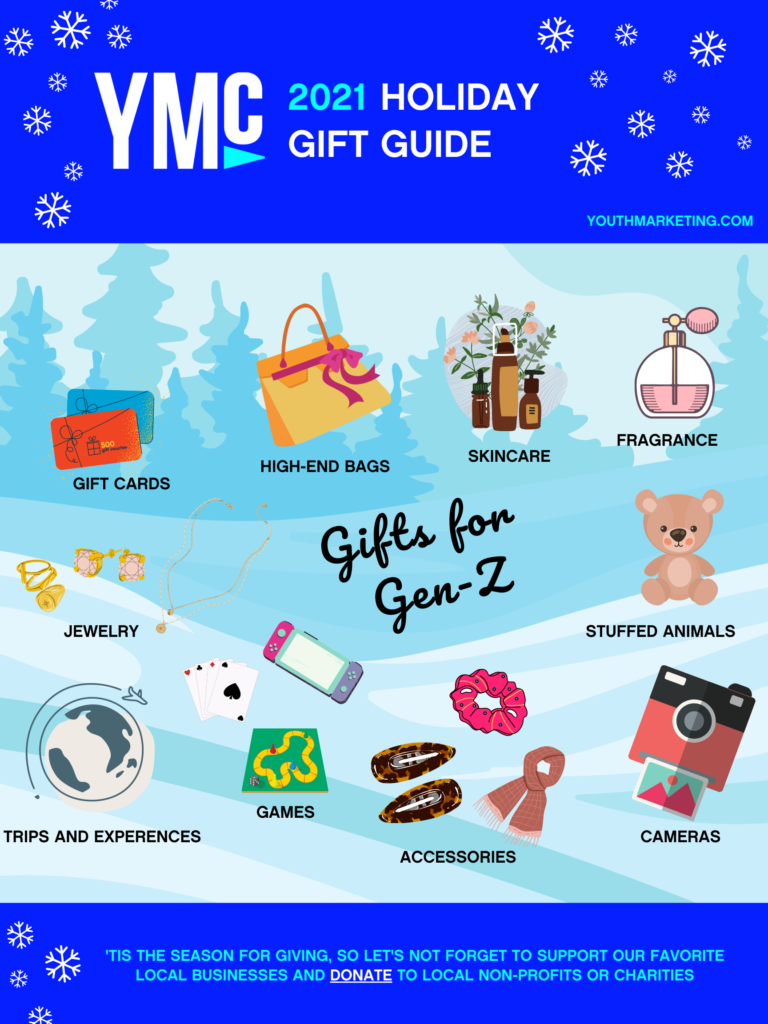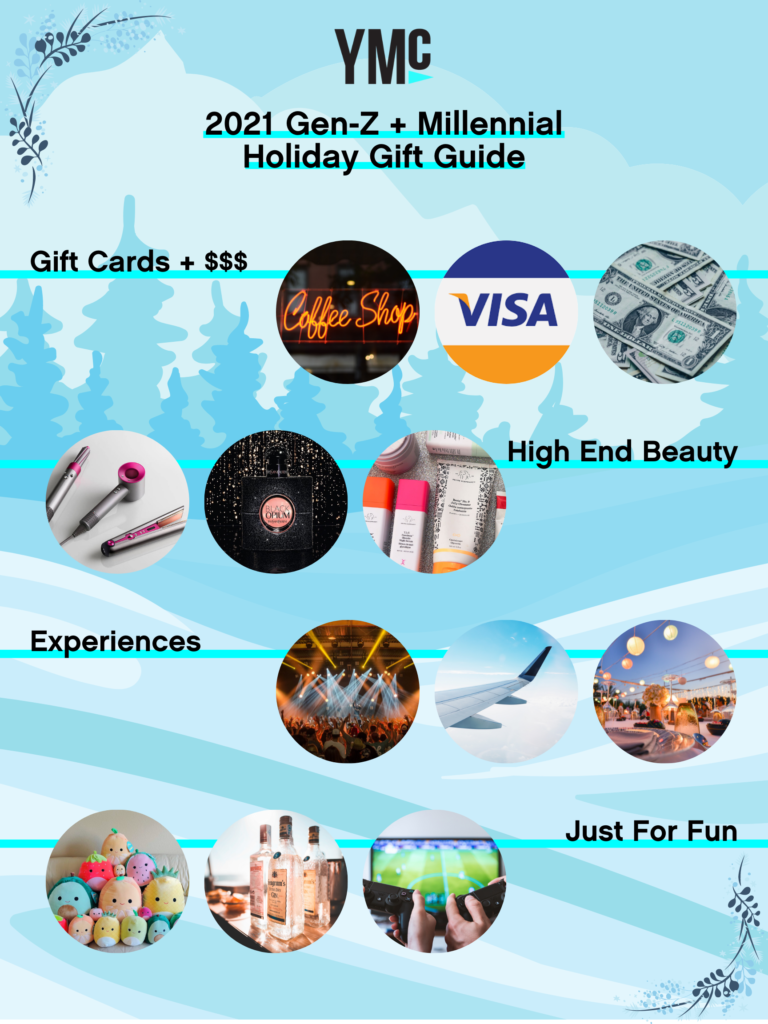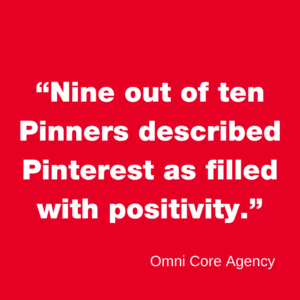After their launch at the start of the COVID-19 pandemic, Clubhouse quickly became the hottest social media app for Millennials. The app consists of open-ended audio chat rooms focused on a range of topics—think of dropping in on someone’s unscripted phone call conversation and having the chance to ask questions at the end. Downloads of the app have plateaued since July 2021, but with new features on the horizon, Clubhouse is an app fighting to stay on our home screens.
Clubhouse’s Explosive Take Off
The launch of the Clubhouse app was fortuitously timed. Its initial March 2020 launch was just a few weeks before nationwide lockdowns due to COVID-19 and people were searching for new forms of entertainment. It started with an invite-only mode and immediately caught listeners’ interest with chat rooms starring celebrities like Elon Musk and Jared Leto. Clubhouse became so popular so quickly that people scrambled for invite codes on eBay, fetching prices of up to $400.
By December 2020, Clubhouse had accumulated 600,000 active users. The app was recently opened to the public in July 2021, followed by a steep dropoff in app downloads. But with a slew of new features and changes to existing functionality on the way, there’s hope for a comeback.
What Makes Clubhouse Different?
Clubhouse is credited with taking social media to a new medium: audio. We know that consumers are overwhelmed by visuals, making tuning into a Clubhouse room a welcome respite. Radio shows have fallen out of favor for many listeners as the topics can be too general or too hard to engage with and listeners have turned to podcasts to fill the need. At the same time, podcasts can be highly scripted and produced to the point where listeners don’t experience a genuine connection to the speaker.
Clubhouse created a few unique features that really set it apart. First, it allows listeners to drop in and listen to multiple conversations on topics of their choice while hearing the speaker’s raw and unfiltered opinions. Another perk is that the app allows listeners to raise their hands to ask questions and add their own commentary. These features have provided a level of engagement that terrestrial and/or satellite radio shows and podcasts can’t.
Other social media platforms have taken notice of Clubhouse’s rise, adding similar functionality including audio capabilities. For example, Twitter accelerated the launch of its audio-only app called Spaces and are planning to give their millions of users access to the feature shortly. There’s also been talk of similar audio-only feature launches coming from Facebook, Linkedin, Spotify, and Slack.
How Can Companies Utilize Clubhouse?
Clubhouse is an excellent way for companies to drive awareness and hear their customers’ unfiltered and real-time opinions. The rooms are fast-paced and allow for easy communication and quick connection building.
So what should a company focus on when starting its Clubhouse journey? Find your niche and explore your target audiences’ interests. Aim to add value to your listeners’ experience and make them feel like your Clubhouse room is worth their time. We’ve already seen companies such as Milk Bar and Restaurant Brands International utilize the platform to speak on topics relevant to their brands including conversations on earnings calls, latest releases, and general trends, and business news.
Clubhouse is also a great way to humanize your brand by having employees hop into rooms and start conversations about their industry. A good example of this is Kat Cole, the former COO and president of Focus Brands (parent company of Cinnabon). Cole is a prominent presence on the app, known for giving business professionals advice on navigating their careers. Kat Cole made a massive impression on the app after asking her listeners to share their mailing addresses to send them Cinnabon free of charge. As a result, almost every room in the app was buzzing about Cinnabon products for the following month.
The Future of Clubhouse
Clubhouse recently launched its Creators First Initiative to keep creators engaged and motivated to stay on the app, with the goal to help them land sponsorships and make money from their content. Clubhouse wants to ensure that creators are financially supported and have the proper equipment, like iPhones and Airpods, to curate their content. Clubhouse will also be supporting creators by providing them with the development of creative assets, matching guest speakers for their rooms, and promotion. The Creators First Initiative is launching as other social media platforms, like TikTok, are also looking at ways to sponsor and support their creators to ensure they produce the best high-quality content and keep accelerating the app’s growth.
Clubhouse is adding new features to the app to enhance its listener’s experience. Recent updates have focused on retaining users and helping them find their interests through universal search. The universal search feature will allow users to look up both live and recorded content from Clubhouse to improve their content’s discoverability.
In addition, the new “clip” feature will enable listeners to crop audio of a speaker to share at any time. Clips can be shared through text messages or on social media. These features have been introduced in the hopes of creating steady and gradual growth after the drop-off of the app’s initial launch.
How Can YMC Help?
Are you looking to expand your social media presence? Want to explore new content creation options? At YMC, we specialize in connecting brands with Gen-Z and Millennial consumers, and we’d be happy to share our wealth of knowledge with you. Contact us today!





